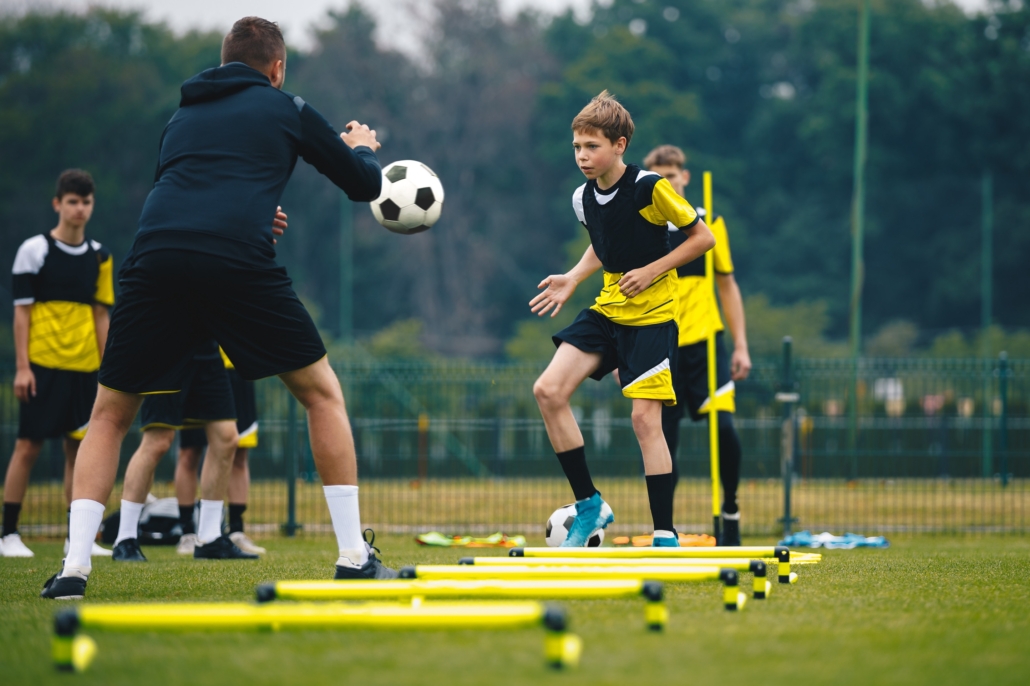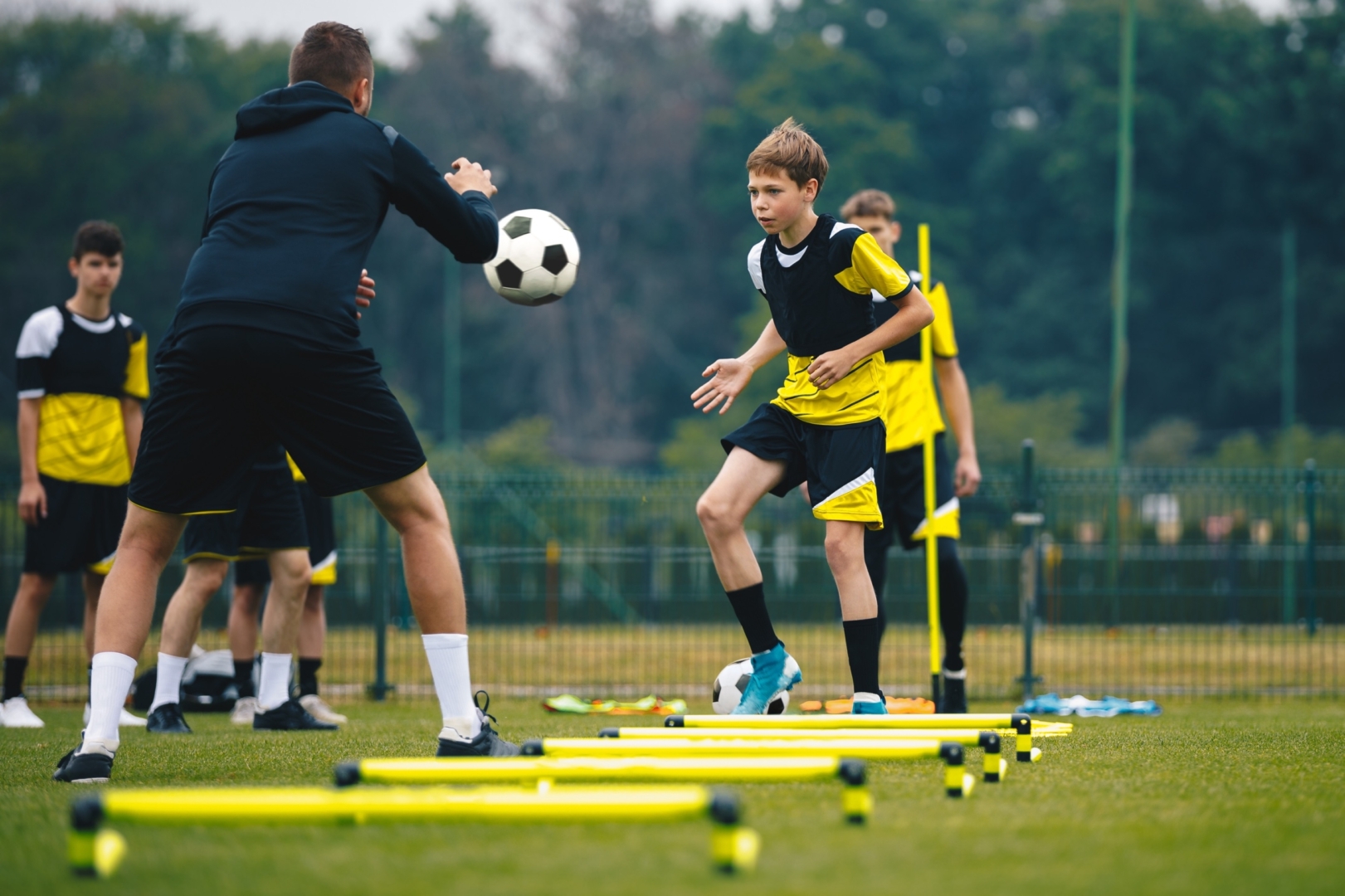Key points:
- Load management is one of the most important factors when it comes to reducing the risk of injuries in youth athletes.
- Research shows load changes of more than 15% from the week prior can increase the risk of injury by close to 50%.
- There are two types of loads to be aware of: internal and external loads.

Load management: It’s not just for the elite level of sport
Coaches of young athletes must be aware of their athletes’ physical training loads to minimise injury risk, a leading high-performance coach says.
While it’s not possible to completely prevent injuries, knowing exactly how much and how hard athletes were training was one way to help keep them fit and healthy.
“Injuries are often out of our control, but if we can educate people and train them in the right ways, then that should hopefully reduce injuries,” Sean Potter, an Australian-based high-performance coach with extensive history training young athletes, said during his mini-course on ‘Youth Injury Reduction’.
“[Load management is] one of the most important factors when it comes to reducing the risk of injuries in youth athletes. There’s not one short way to prevent injuries, other than load management. Injuries will occur, but we just hope that when all the right systems are in place, it reduces that risk.”
Know what data to look for
Potter said there are two types of load to be aware of: internal and external.
External load is the external stimulus applied to the athlete, such as work completed, distance run or weight lifted. Internal load is the individual psychological and physiological response to the external load.
Potter said there were various methods to track internal load, including sessional Rate of Perceived Exertion (RPE), heart rate, and wellness questionnaires. In terms of tracking external load, GPS units and activity trackers were the best simple options for younger athletes.
Tracking loads helped coaches be aware of any changes in workload, with a difference of 15 percent from the previous week increasing the risk of injury by almost 50 percent.
“That is massive. That is a huge potential injury risk by just going a little bit above or below and then trying to compensate,” Potter said.
The importance of strong coach-athlete relationships
Developing strong coach-athlete relationships and instilling knowledge were also vital in the fight to prevent injuries, Potter said.
“Get to know your athletes – they’re people, not just your athletes, and they will have things that will make them tick or make them angry just like everyone else,” he said.
How coaches, teachers and youth athletes can best work together
“It’s really important to meet them at their level and build those relationships – once you start to build relationships, they’re more likely to open up to you and tell you what’s going on in their lives [and] you get a picture as to whether you can push them harder or pull back a little bit.
“It doesn’t take much to tip these athletes into some really big overtraining due to the other stresses going on in their lives.
“And if we can build their [athletes’] knowledge base as to the whys around what we’re doing, they’re more likely to take ownership of their own programs. At the end of the day, we’re all striving to develop them and help assist them to move onto the next stage of their careers within their sports.
“And stick to the KISS (keep it simple, stupid) method – you don’t need to create elaborate programs and plans, we’re working with youth athletes with some pretty significant limitations. We need to make sure it’s simple and effective.”



